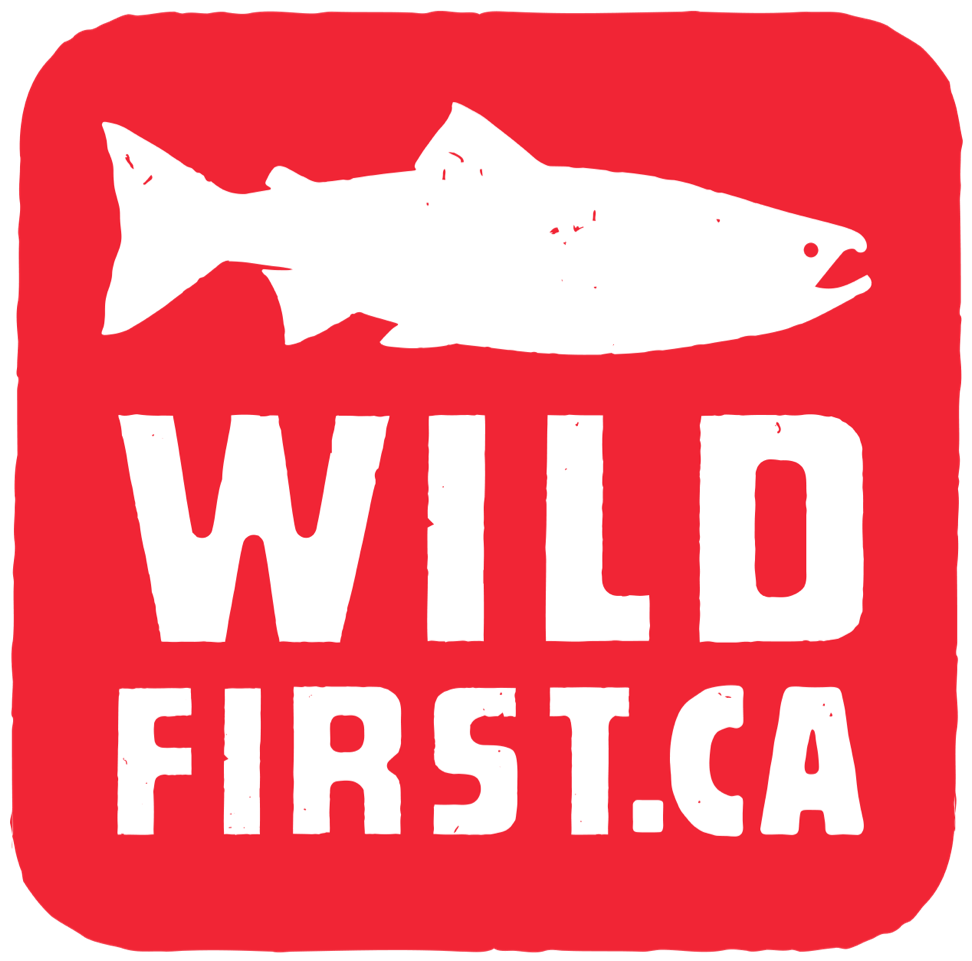Smothered Reef: Salmon Farms and Glass Sponges in British Columbia
“Be safe!” yelled Farlyn as I rolled out of our small zodiac.
Zipped tightly into my drysuit, with camera in hand, I ducked under the surface and descended into the blackness.
My sister had maneuvered the boat over top of a very extraordinary reef in Musgamagw Dzawada’enuxw territory in the Broughton Archipelago off northern Vancouver Island.
While doing underwater surveys with a remote camera for Alexandra Morton, around open net-pen salmon farms, Farlyn and Jody Eriksson had made an incredible discovery; two extremely rare glass sponge reefs – one healthy and vibrant and the other directly underneath a salmon farm.
Ever since their unexpected find, she wanted to bring me back to film them.
Watch it:
As I descended through 80 feet of darkness I tried imagining what would meet me at the bottom. I had never seen a glass sponge reef before, but my imagination failed to prepare me adequately!
A three dimensional landscape of vibrant golden sponges rose up towards me, some clusters standing two meters tall, like giant vases. Schools of rockfish hovered overtop and sought protection in the deep tubes and funnels. Lingcod rested on great masses of eggs and Puget sound king crab clambered around on top of the sponges.
I felt like a time traveller in an unfamiliar sea.
These ancient animals, which appeared long before dinosaurs, filter silica out of the water to build their bodies and capture bacteria for food. New sponges continually grow on top of the old ones, forming their own reefs over thousands of years. Large parts of Europe are built on their fossilized remains – the largest animal made structure ever to exist on earth!
They were thought to have gone extinct 40 million years ago, but then in 1987 scientists discovered a enormous living reef in Hecate Strait and the discovery was likened to finding a herd of living dinosaurs, roaming about on land. Though individual animals exist around the world, only a handful of living reefs have since been found, and only in the north eastern Pacific, most at depths far out of SCUBA diving range.
As gobsmacked as I was by the beauty of this reef, I knew the second one, situated under the salmon farm across the channel was Farlyn’s main concern.
We maneuvered the boat close to the farm and splashed a remote camera over the side, since the bottom was deeper than I could dive.
As the camera sunk into the depths and the light illuminated the seafloor my heart sunk. I could still see the sponges, but they were clearly dead and appeared totally smothered by waste and salmon feces from the farm. These sponges rely on clean water, free from excessive sedimentation but unfortunately this is the exact opposite of the conditions under a salmon farm. With close to a million farmed salmon swimming overhead the steady rain of feces and feed waste is a death sentence for life underneath.
As the camera slowly glided over top of the smothered brown wasteland, I couldn’t help but think of the other 130 open net-pen sites on the B.C. coast.
What other life is being smothered that we haven’t uncovered?
